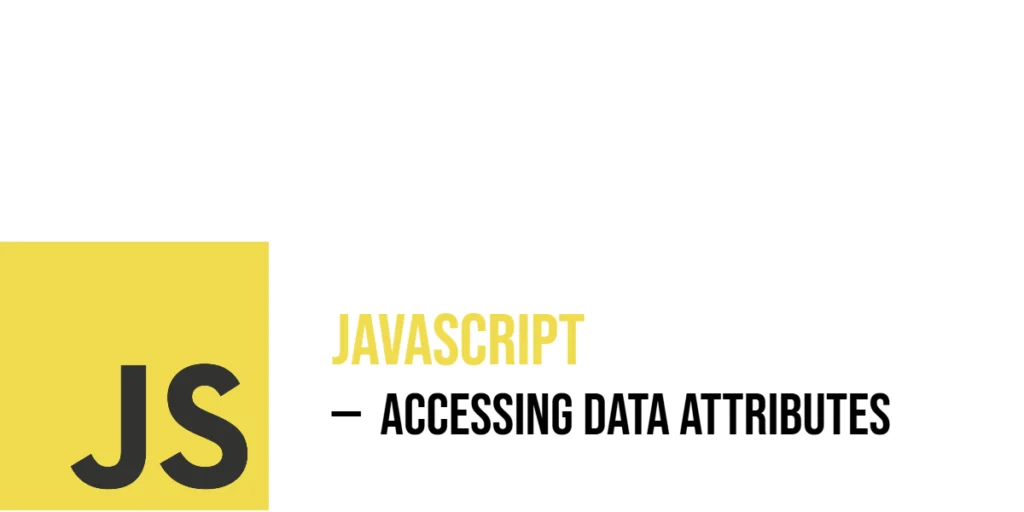JavaScript DOM: Getting Elements with Query Selector
Interacting with a webpage using JavaScript starts with one essential task—finding the right elements in the Document Object Model (DOM). The DOM is a structured representation of an HTML document that allows JavaScript to access and manipulate its elements dynamically. One of the most flexible and powerful ways to locate elements is through the querySelector […]
JavaScript DOM: Getting Elements with Query Selector Read More »









